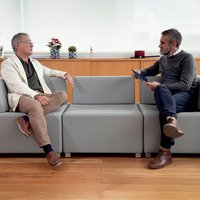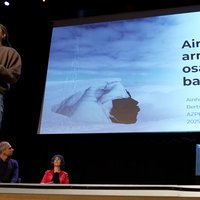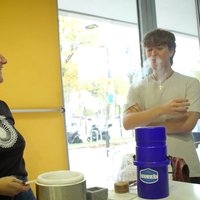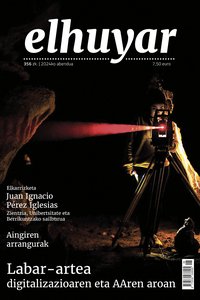Hermes, ongoing
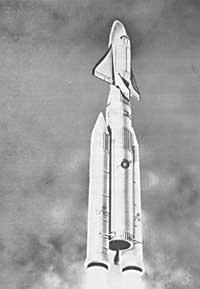
Within ten years, at the Kourou space base, a team of European spacers will occupy their positions in the cabin of the Hermes space plane. The Ariane V rocket starts the first manned flight of the space plane.
The adventure has already begun. To launch the Hermes project, the two French companies, Aérospatial and Marcel Dassault, have joined forces. The Hermes spacecraft has a wing width of 10 m and a length of 16 m. Its weight in vacuum is 9 tons.
When in orbit, its mass could reach 16 tons, as it will be designed to transport 2.5 tons of fuel and 9.5 tons of cargo.
Although Germany still poses obstacles (this country's participation in the project will be in the hands of its private industry), Hermes is expected to soon join CSR programmes. To date, Sweden, Denmark, Belgium, Holland, Netherlands, Switzerland, Austria, Italy, Spain and Eiro have agreed to the project.
Construction of two Hermes launcher units. Each of them will be able to perform between 30 and 50 flights. Initially it is expected to have two flights annually. Like the American pitcher, Hermesa will revolve around the Earth and inside there will be several sessions and investigations. However, most of Hermes's work is due to transportation between Earth and orbital stations. It is therefore an American station in orbit and European under construction.
Although it is very similar to the American program, there are differences. In the case of the American projector they are transported to a crew and luggage. In the Hermes program, on the contrary, the launcher will put the crew in orbit along with the necessary instrumentation to fulfill the mission, but satellites, like communications satellites, will put them into orbit an independent Ariane-5. Satellites will be located at the end of the rocket, where its diameter is 5.7 m. The American projector cannot exceed 4.5 m in diameter in space. The advantage of the Europeans is that the modules of the European station will be greater than those of the Americans.
On the other hand, there are missions that the American pitcher can do and that Hermesa cannot do. Two of them are the possibility of transporting greater loads and receiving and landing satellites in orbit.
New materials
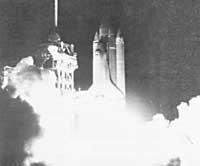
New materials and expected systems play an important role in the development of Hermesha.
“Expected” systems, i.e. computers intended to perform logical inferences to duplicate their calculation functions, will be anywhere in Hermes. The use of audiovisual screens will be abundant.
If the new materials are acquiring great importance in the construction of the aircraft, they will be even more important in Hermes. It is estimated that 80% of the mass of Hermesá will be formed by new materials. Only the cabin will be built with conventional materials.
With what materials will Hermes provide thermal protection? Ceramic materials will be used for the end, edge of attack of the slopes and areas that must withstand temperatures of 1400°C-1600°C in the general. Some of them have already been tested on small thrusters, statorreactors and turboreactors. Ceramic fibers associated with a ceramic matrix (silicon carbides) present a mechanical behavior of composites and a thermal behavior of ceramics.
The material that will form the wings and fuselage is not yet selected. What is known is that Hermesa will not be covered with materials such as refractory scales with American launchers. In the projector a gap is left between the scales so that they have an extension. Thus, the scales join the fuselage with a single face and release with relative ease. Replacement of refractory scales is an important part of launcher maintenance.
In the case of the Hermesa the protective structure will be the fuselage itself. Ceramic will be used, so in addition to being ultra-fast, will be of great thermal and mechanical resistance. This proposed structure could be a risky bet, as any deterioration of the surface will entail the entire structure.
Since the size of the table will be smaller than that of the American projector, it will have a lower heat dissipation problem.
Many problems of the Hermes program are still pending resolution. However, at the end of the next decade Europeans can have our own launcher flying in space.
NOTE: There is some confusion about the nomenclature of space vehicles like Hermes. Americans call Shutle their vehicle. In Spanish it is expressed as shuttle and space shuttle. In French they call him navette. The French have called avion spatial the European vehicle. As for the names, it seems that you want to distinguish between American and European vehicles, although basically it is the same. Therefore, when it comes to naming them in Basque we will differentiate them; we will call the American launcher or ferry. In the European, the space plane. Taking into account the functions that the vehicle has, it seems the most appropriate name to call it.
Buletina
Bidali zure helbide elektronikoa eta jaso asteroko buletina zure sarrera-ontzian




